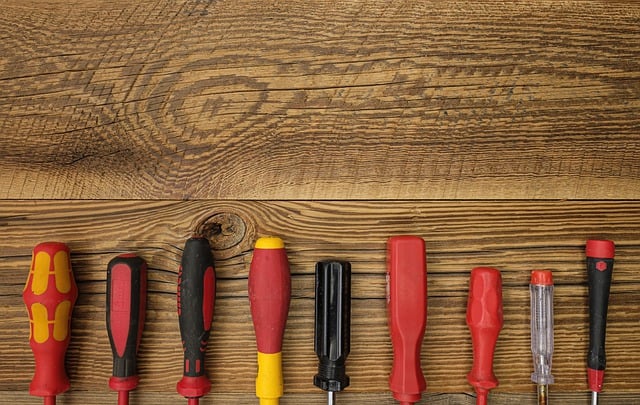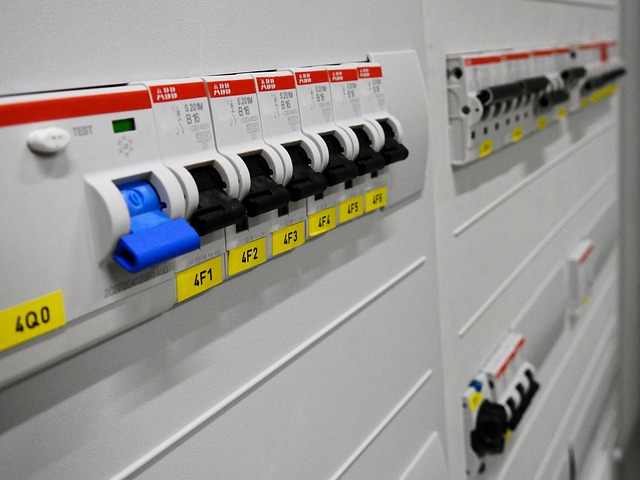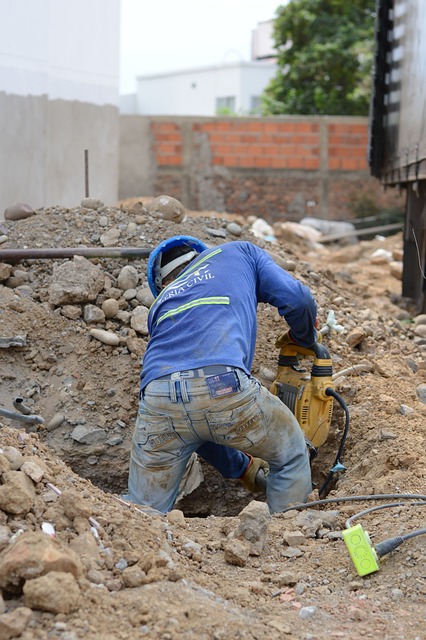Electricians play a crucial role in maintaining modern living by diagnosing and resolving electrical panel issues. They inspect panels, test connections, and use advanced tools and software to identify problems like overloaded circuits or faulty wiring. Regular maintenance, including cleaning and testing, prevents power outages, fires, and appliance damage. Prompt addressing by licensed electricians ensures property safety and saves costs.
“Unsure what lies beneath your home’s power center? Dive into the world of electrical panels—the unsung heroes managing your home’s electricity flow. Understanding these components is key to addressing common issues that can disrupt your daily routine. This guide equips electricians with essential knowledge on diagnosing problems swiftly and accurately. From identifying faulty components to implementing best practices for repairs, we’ll explore effective strategies to resolve electrical panel troubles efficiently, ensuring safe and reliable power distribution.”
- Understanding Electrical Panels: Components and Common Issues
- Diagnosing Problems: Tools and Techniques for Electricians
- Resolving Electrical Panel Troubles: Effective Strategies and Best Practices
Understanding Electrical Panels: Components and Common Issues

Electricity is the lifeblood of modern living, and at the heart of every home or business lies an electrical panel—a complex system that distributes power throughout. Understanding its components and common issues is crucial when it comes to troubleshooting and resolving problems efficiently. An electrical panel consists of various parts, including circuit breakers or fuseboxes, wiring, and load centers, all working in harmony to manage the flow of electricity.
One of the most frequent issues homeowners face is overloaded circuits, tripped breakers, or faulty wiring. These problems can lead to power outages, electrical fires, or even damage to appliances. A qualified electrician plays a vital role in diagnosing these issues by examining the panel, testing connections, and identifying components that may require replacement or repair. By addressing these common problems promptly, homeowners can ensure the safety of their properties and avoid more significant, costly repairs down the line.
Diagnosing Problems: Tools and Techniques for Electricians

Diagnosing problems with electrical panels is a crucial skill for any electrician. The first step involves a thorough visual inspection to identify any signs of damage, overheating, or loose connections. Specialized tools like multimeters and voltage testers are then employed to measure voltage levels, current flow, and resistance, helping to pinpoint faulty components.
Electricians also utilize advanced diagnostic software and computer-aided design (CAD) systems to analyze complex electrical systems and detect anomalies. These tools allow for a more precise identification of issues, enabling electricians to quickly resolve problems and ensure the safety and efficiency of the electrical panel.
Resolving Electrical Panel Troubles: Effective Strategies and Best Practices

Resolving Electrical panel troubles requires a systematic approach, and many issues can be avoided or quickly rectified by following best practices. If you suspect a problem, start with a thorough inspection, checking for signs of damage, loose connections, or outdated wiring. A qualified electrician can perform advanced diagnostic tests to identify the root cause, ensuring an accurate fix.
Effective strategies include regularly testing and updating electrical panels to meet modern standards. Keep records of maintenance and repairs for future reference. Preventative measures like regular cleaning and inspection can save time and money in the long run. Promptly addressing any unusual sounds or odors is crucial, as they may indicate serious issues that could lead to safety hazards or even fire risks.
Electrical panels are the backbone of any home or business’s electrical system, and troubleshooting issues efficiently is a skilled electrician’s domain. By understanding the components and common problems, professionals can employ various diagnostic tools and techniques to identify and resolve issues swiftly. With effective strategies and best practices in place, electricians ensure safe and reliable electrical systems, making them indispensable in maintaining and enhancing modern living spaces.
